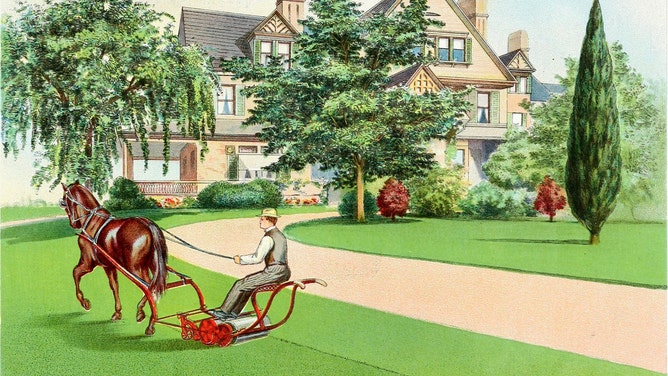
Bending the Arc references a quote by Rev. Dr. King who said, “The arc of the moral universe is long, but it bends toward justice.” This digital newsletter from the CSA Justice, Peace, and Integrity of Creation office showcases the work of changemakers, opportunities to learn, and opportunities for you to help “bend the arc” toward justice. Full contents of the newsletter are published on this page.
Subscribe to get Bending the Arc in your inbox.
The History Behind Grass Lawns

The history behind grass lawns dates back a few centuries when noble people displayed cut grass/plants space as a sign of wealth. In the mid 1800’s, an American landscape architect successfully associated cultivated lawns with civilized communities. Post WWII developers included lawns in their mass-produced homes or subdivisions. Watch this short, 7-minute documentary.
Fast forward to the current time where certain areas – by rules of homeowners' associations (HOAs) – require pesticide-treated lawns for a highly manicured appearance. However, as you might imagine, green carpet-like lawns are harmful to the environment.
Researchers in 2005 used satellite data to estimate the amount of land used as lawns in the United State (https://earthobservatory.nasa.gov/features/Lawn/lawn2.php). The definition of lawns included residential and commercial lawns, and golf courses. Grass lawns “could be considered the single largest irrigated crop in America in terms of surface area.” To maintain grass-only lawns, broad-spectrum pesticides are used along with an immense amount of water. One analysis suggested that the amount of water used to maintain an average size green lawn is equivalent to 800 showers!
Reducing a lawn to only grass plants is an example of man-made monoculture, the growing of a single crop, which eliminates the biodiversity of natural grasslands. The pesticides can harm or kill wildlife and important soil microbes, and are connected to the decline in nature’s pollinators. Pollination is necessary for the growth of about 85% of flowering plants. According to scientific studies, there has been a reduction of approximately 40% of all pollinator species globally over the past few decades. In a 2024 Nature Sustainability article, the authors state that “the negative effects of pesticides are widespread.” That thought continues in this follow-up 2025 article.
So are grass lawns all bad? Can we enjoy the beauty of a well-manicured lawn that provides us space for recreation and relaxation while also understanding the impact on our environment? You decide! Learn how in this interesting article.